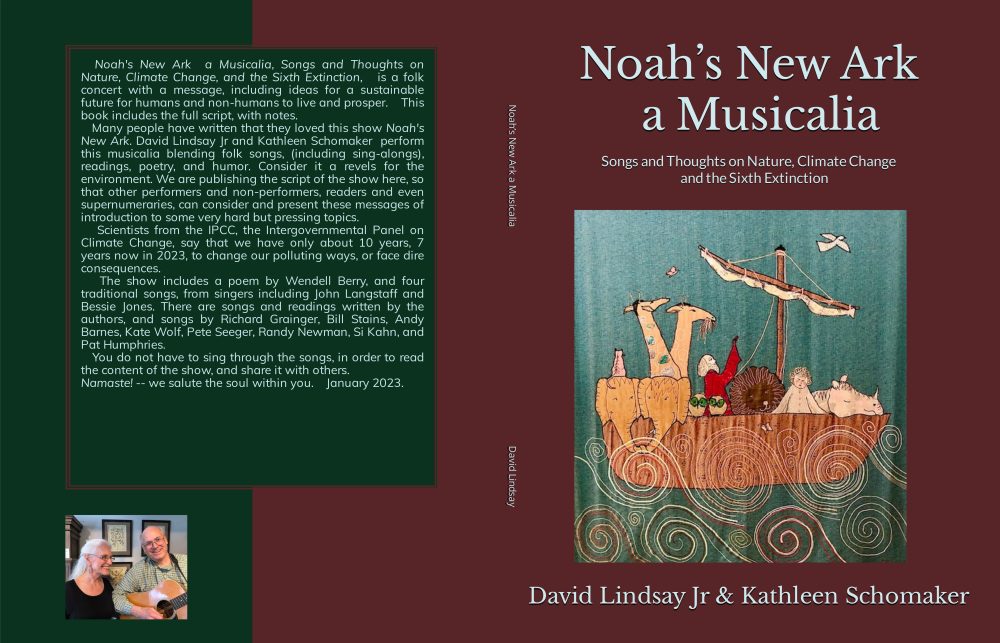“Lately, I have been putting an embarrassing amount of thought into notions like jinxes and knocking on wood. The polls for Joe Biden look good, but in 2020, any hint of optimism feels dangerously naïve, and my brain has been working overtime in search of potential doom.
I have become consumed with an alarming possibility: that neither the polls nor the actual outcome of the election really matter, because to a great many Americans, digital communication has already rendered empirical, observable reality beside the point.
If I sound jumpy, it’s because I spent a couple of hours recently chatting with Joan Donovan, the research director of the Shorenstein Center on Media, Politics and Public Policy at Harvard’s Kennedy School. Donovan is a pioneering scholar of misinformation and media manipulation — the way that activists, extremists and propagandists surf currents in our fragmented, poorly moderated media ecosystem to gain attention and influence society.
Donovan’s research team studies online lies the way crash-scene investigators study aviation disasters. They meticulously take apart specific hoaxes, conspiracy theories, viral political memes, harassment campaigns and other toxic online campaigns in search of the tactics that made each one explode into the public conversation.”
“. . . . Donovan worries about two factors in particular. One is the social isolation caused by the pandemic. Lots of Americans are stuck at home, many economically bereft and cut off from friends and relatives who might temper their passions — a perfect audience for peddlers of conspiracy theories.
Her other major worry is the conspiracy lollapalooza known as QAnon. It’s often short-handed the way Savannah Guthrie did at her town hall takedown of Donald Trump last week — as a nutty conspiracy theory in which a heroic Trump is prosecuting a secret war against a satanic pedophile ring of lefty elites.
But that undersells QAnon’s danger. To people who have been “Q-pilled,” QAnon plays a much deeper role in their lives; it has elements of a support group, a political party, a lifestyle brand, a collective delusion, a religion, a cult, a huge multiplayer game and an extremist network.
Donovan thinks QAnon represents a new, flexible infrastructure for conspiracy. QAnon has origins in a tinfoil-hat story about a D.C.-area pizza shop, but over the years it has adapted to include theories about the “deep state” and the Mueller probe, Jeffrey Epstein, and a wild variety of misinformation about face masks, miracle cures, and other hoaxes regarding the coronavirus. QAnon has been linked to many instances of violence, and law enforcement and terrorism researchers discuss it as a growing security threat.
“We now have a densely networked conspiracy theory that is extendible, adaptable, flexible and resilient to take down,” Donovan said of QAnon. It’s a very internet story, analogous to the way Amazon expanded from an online bookstore into a general-purpose system for selling anything to anyone.”
David Lindsay: Thank you Farhad Manjoo. We need to bring back the Fairness Doctrine as the law of the land. Here is the most popular comment which I endorse:
Matthew L., Chicago1h ago, Times Pick


















